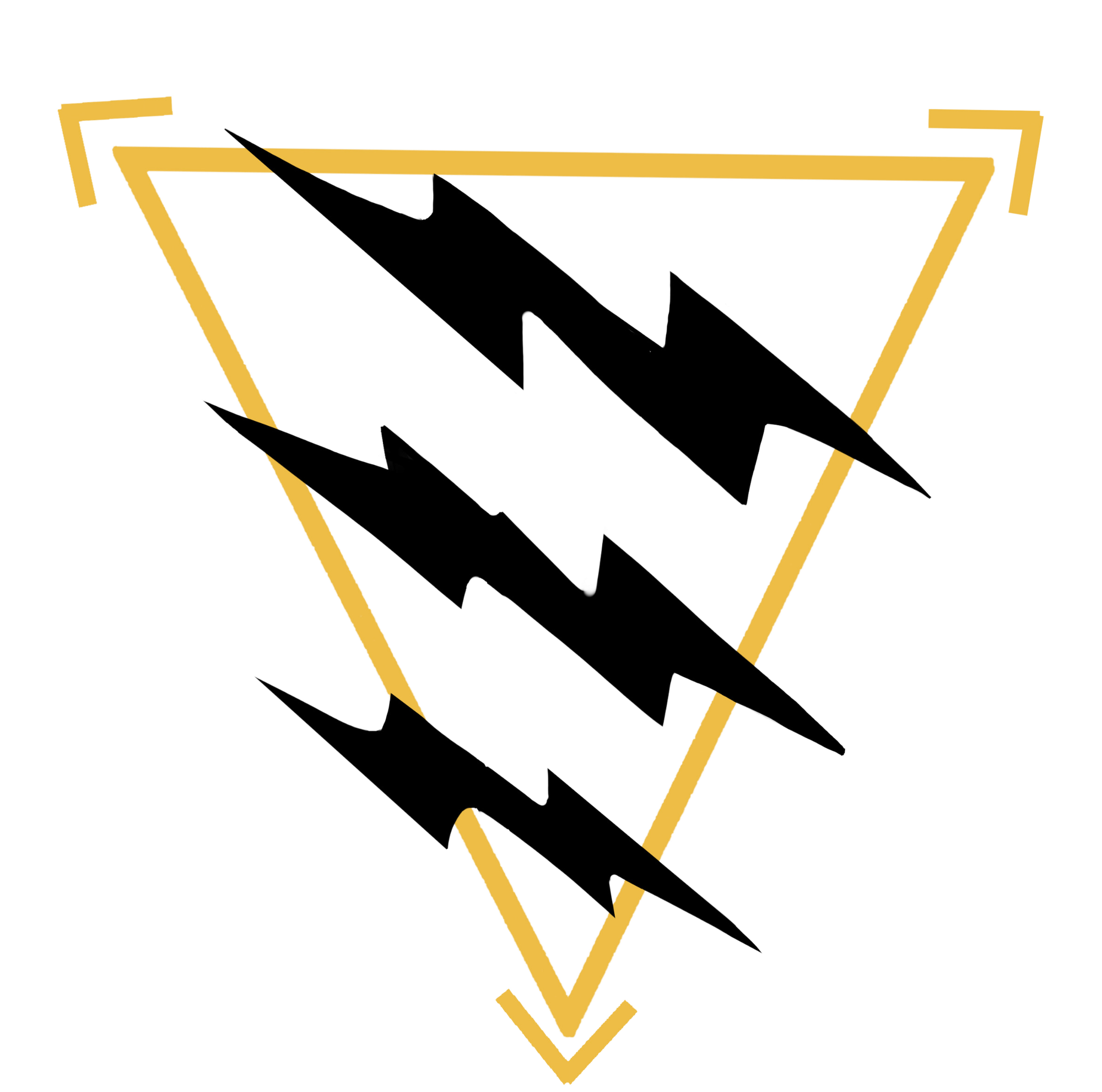The Role of Body Language in Situational Awareness

At Sentinel Combatives, we teach that situational awareness isn't just about scanning your surroundings or checking corners—it’s about reading people. And one of the most critical tools in this process is body language. Whether you’re walking through a parking lot, riding public transit, or having a casual conversation with someone new, understanding the nonverbal signals people give off can give you the edge in detecting danger before it strikes.
In this week's post, we explore how body language enhances your situational awareness and how to sharpen this often-overlooked survival skill.
Why Body Language Matters
Body language is a form of nonverbal communication that reveals emotional states, intentions, and behavior patterns—often more honestly than words. Criminals, for instance, may display “pre-attack indicators” without even realizing it. Conversely, your own body language can either make you a hard or soft target.
Understanding body language helps you:
- Spot potential threats early
- Avoid dangerous situations
- Project confidence to deter would-be attackers
- Make smarter decisions under stress
Reading Others: Pre-Threat Indicators
Criminals often display subtle cues before they act. These are called pre-attack indicators—and learning to spot them can mean the difference between walking away and becoming a victim.
Common Red Flags in Body Language:
- Target Glancing: Someone looking at you repeatedly or scanning your body for weapons or valuables.
- Fidgeting: Nervous movement, shifting weight, or adjusting clothing—especially around the waistband—can indicate concealed weapons.
- Clenched Fists or Jaw: Often a sign of building aggression or adrenaline.
- “Blading” Stance: A person subtly turns their body to shield something (a weapon, or preparing for a strike).
- Avoiding Eye Contact or Over-Staring: Either extreme can signal discomfort or the masking of intent.
- Invasion of Personal Space: Closing distance rapidly can be a prelude to an attack.
Training Tip: Practice observing people in low-risk environments like coffee shops or public parks. Look for posture, pace, and emotional state. Learn what “normal” looks like so you can better spot “abnormal.”
Monitoring Your Own Body Language
How you carry yourself can influence whether you’re seen as a hard or soft target. Criminals often choose victims based on perceived vulnerability.
Project Confidence Through Body Language:
- Stand Tall: Keep shoulders back, chest up, and chin level.
- Eye Contact: Brief but direct eye contact signals that you’re alert and not an easy target.
- Purposeful Movement: Walk with intent—don’t appear lost or distracted.
- Keep Hands Visible: This shows confidence and allows you to react quickly if needed.
Avoid:
- Slouched posture
- Staring at your phone while walking
- Fidgeting or walking without direction
Remember: Predators seek prey that appears unaware, insecure, or alone. The way you move can make you “too much trouble” to attack.
Using Body Language to De-Escalate
In some situations, reading body language can help you avoid conflict altogether. If someone is becoming agitated, nonverbal signals can often defuse tension before words escalate the situation.
Tips to De-Escalate Nonverbally:
- Hands Open and Visible: Shows you’re not a threat.
- Non-Confrontational Stance: Angle your body slightly, not square-on, to appear less aggressive.
- Relaxed Shoulders: Tension invites tension; staying relaxed can help cool down a heated moment.
- Neutral Facial Expression: Avoid smirking, glaring, or appearing smug.
In Krav Maga, we train students to use command presence to deter threats—and that starts with posture, tone, and body positioning.
Enhancing Awareness Through Training
At Sentinel Combatives, our training doesn’t just focus on physical technique—we teach behavioral observation, environmental scanning, and people-reading skills that are essential to personal security.
Through scenario-based drills and stress-inoculation exercises, students learn to:
- Identify suspicious movement and behavior
- Respond with assertive yet non-aggressive posture
- Read nonverbal cues in high-pressure situations
Our approach blends Krav Maga, combatives, and behavioral science to equip you with the tools you need to survive real-world encounters.
Final Thoughts: Awareness is More Than Watching—It’s Reading
Being situationally aware means more than just “looking around.” It’s about seeing what matters, interpreting behavior, and trusting your instincts. Body language is the human early-warning system—when you know how to read it, you can stay one step ahead of danger.
Want to build your observation skills, body language awareness, and real-world defensive mindset?
Join us at Sentinel Combatives and train like your life depends on it—because someday, it might.





